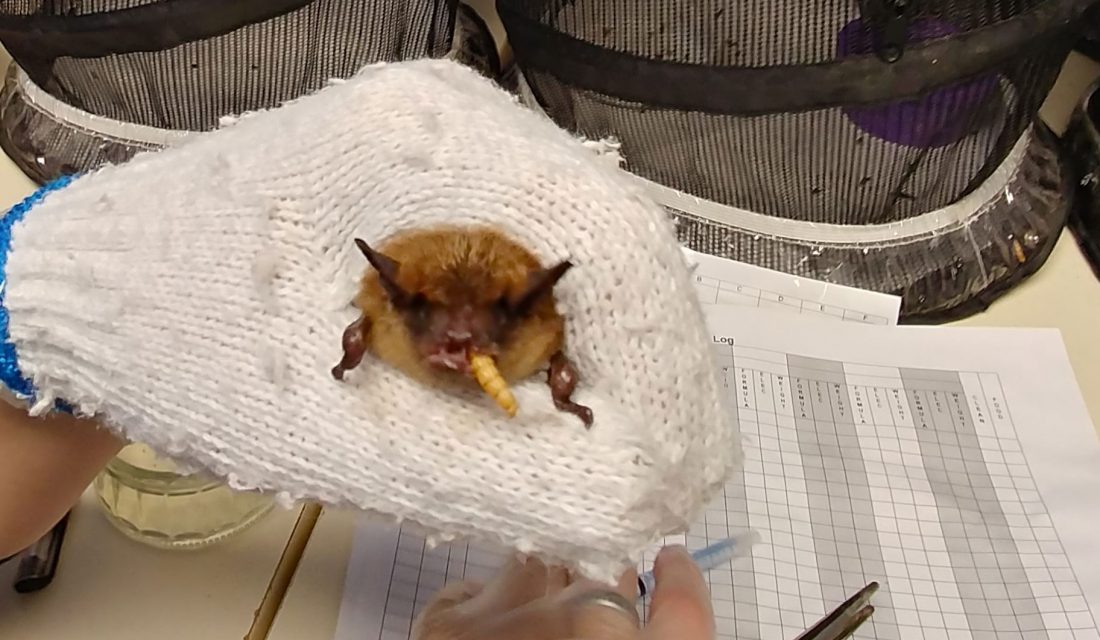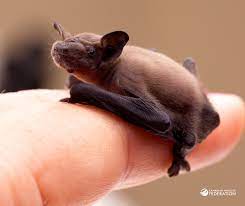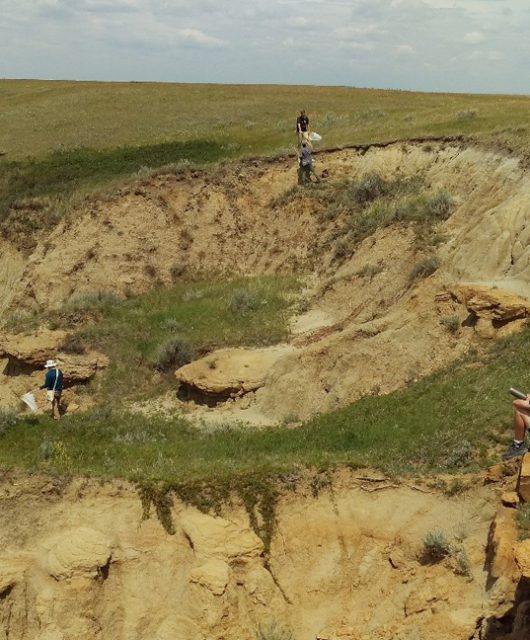Scientists are fighting the disease with bugs, bugs, and more bugs
Scientists stumbled upon White-nose Syndrome in North America in 2006. It is an alarming disease that presents as a white powdery substance covering bats’ ears, muzzles and wings. The fungus causing the disease was accidentally brought to our shores by people exploring caves in Europe. Since its arrival, the disease has swept across much of the country, being confirmed at sites in every province from Manitoba eastward and the fungus turning up in Saskatchewan, Alberta and British Columbia in 2021-2022.
We’ve lost tens of thousands of bats to this disease. White-nose Syndrome causes bats to wake up frequently during hibernation when they should be sleeping soundly. Every time they wake up, they lose precious energy and that causes these bats to lose even more precious fat reserves. Since there aren’t a plethora of insects available to eat in the middle of winter, many bats die of starvation or even dehydration.
Investigating the Impact of an Insect Buffet
 In a 2023 study published in Ecological Solutions and Evidence, scientists set out to discover whether offering an all you can eat buffet of insects might make a difference to infected bats.
In a 2023 study published in Ecological Solutions and Evidence, scientists set out to discover whether offering an all you can eat buffet of insects might make a difference to infected bats.
Researchers set up UV lights to lure insects to the overwintering sites of Little Brown Bats during the spring and fall seasons. These two seasons are critical for bats. In the fall, bats destined to hibernate will aim to plump up as much as they can to prepare for what should be a long winter’s nap. In the spring, the bats simply recover from hibernation by eating plenty of insects.
When a plethora of insects were offered to infected bats in the fall and spring (using the UV lights), something wonderful happened. They ate…a lot. In the fall, bats foraged three times more when the light was available (meaning the prey were plentiful) than when no light was used. In the spring, the bats were 8.5 times more likely to forage when the UV light lures were used than when they were not.
This gives scientists a tool that might help these bats recover from the disease! By increasing the amount of insects that bats have access to near their hibernation sites, bats may be able to pack on more fat, nourish their bodies and recover from White-nose Syndrome! That’s very promising but still remains to be seen, as a next key step for the researchers is to look at whether this leads to higher overwinter survival…stay tuned.
How to Help Bats

- Do log any bat sightings using iNaturalist.ca, our Citizen Science app.
- Don’t evict bats from your home when pups are present. Find out when is the best time to evict using our eviction timetable.
- Do plant native plants that will attract night-flying insects like moths and beetles .
- Do provide a roosting site for a female bat and her pup by building your own bat house or buying a bat house instead.
- Do monitor your bat house to help CWF determine the best bat house design and placement for use in Canada.
- Don’t use neonicotinoid pesticides which may harm bats.
Learn more about how you can Help the Bats >
Listen to this story (and more) in the CWF podcast, “Your Connection to Wildlife” >



2 comments
Your article did not mention or reveal how bats benefit the ecological realm. I believe it is more than devouring insects.
Hi, we grew some milkweed on our property the last few years. The plants have spread & we have quite a pile of them now. I think this will help the monarch’s! There is mostly empty property around us & we are a good stop over for a snack or to lay eggs. We have stopped using any pesticides too! Hope this small thing helps a little. Thanks for all you others helping nature! Jean MacDonald